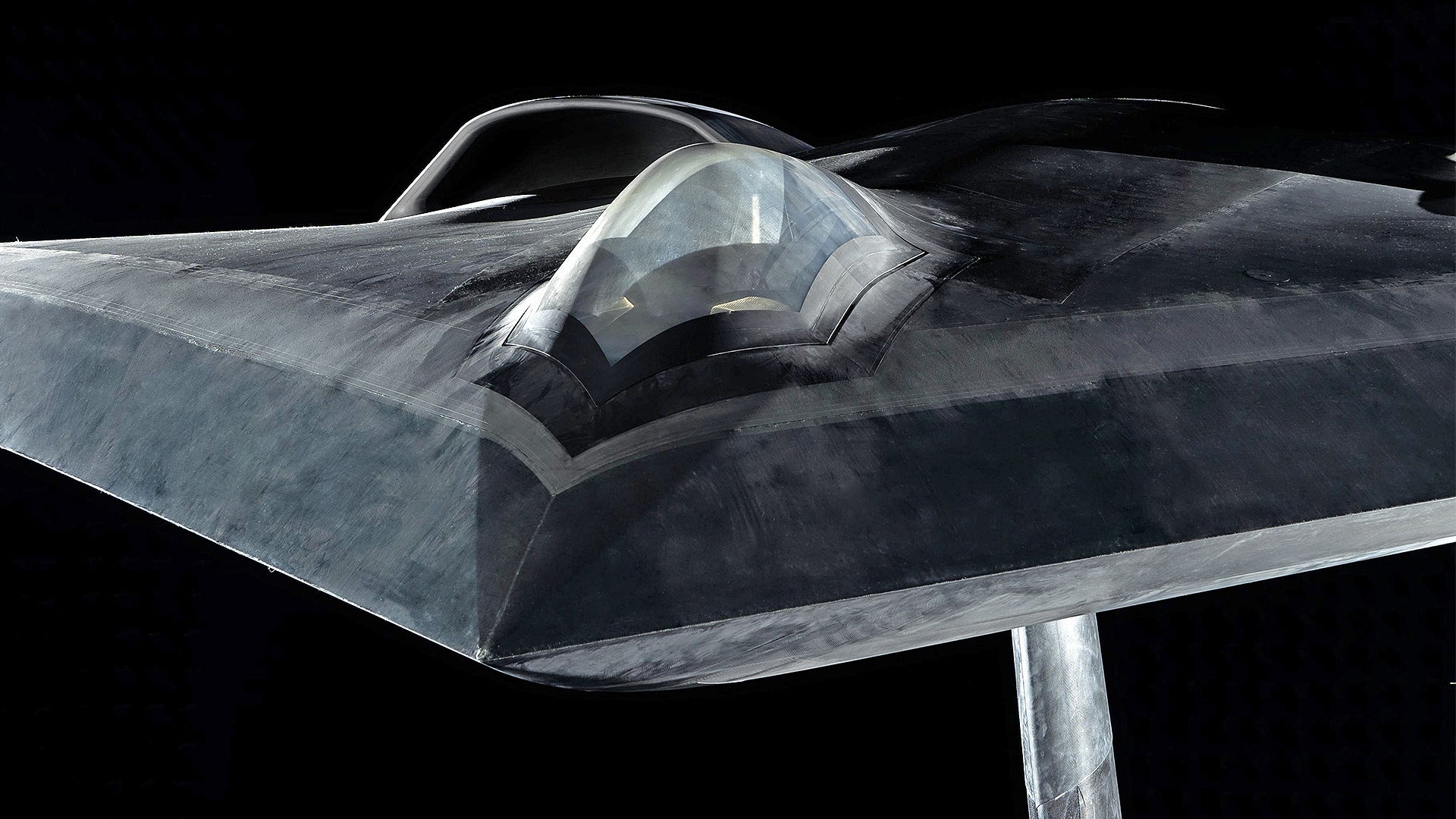Airbus has just released images and information about its previously undisclosed Low Observable UAV Testbed (LOUT) program that worked to provide the company with a better understanding of cutting-edge very low-observable (stealthy) design, material and manufacturing sciences, and other associated technologies. The program dates back well over a decade, but is just breaking cover now and it stands to portray the European planemaker in a different light when it comes to its ability to produce next-generation combat aircraft.
LOUT was based on a Skunk Works concept of program execution, which you can read all about in detail in this past post of ours. The initiative incorporated holistic signature reduction techniques across RF, IR, visual, and acoustic domains. It also worked to better understand how to integrate advanced electronic warfare and countermeasures into a stealthy design to increase its survivability.
Advanced mission control and sensor fusion software that compared the aircraft’s signature against threat capabilities in its environment was also part of the initiative as was the integration of advanced sensors beneath its stealthy skin. All areas of stealth technology, from the aircraft’s air inlets, to its exhaust, to its sensor apertures, and other radar defeating sub-structures were incorporated into the design. Stealthy low-probability of intercept (LPI) communications and sensors and even cybersecurity were also parts of the program. So, we are basically talking about a huge risk reduction and research program that could work as a pre-runner to eventually designing and producing a stealthy operational airframe.
From what we know about the program at this point in time, no flying airframe was ever built or tested. This risk reduction and knowledgebase expansion effort has some parallels to BAE’s “Replica” demonstrator, which was part of the Royal Air Force’s Future Offensive Air System (FOAS) initiative in the 1990s. That program also resulted in a high-end mockup that worked to build knowledge about next-generation low-observable technologies.
Check out images below of LOUT in the anechoic chamber. Note that the canopy is not representative of a manned design, but the modular platform was used to investigate all types of low-observable apertures, including translucent canopies for manned low-observable aircraft. And yes, it looks a lot like Bird of Prey’s canopy!
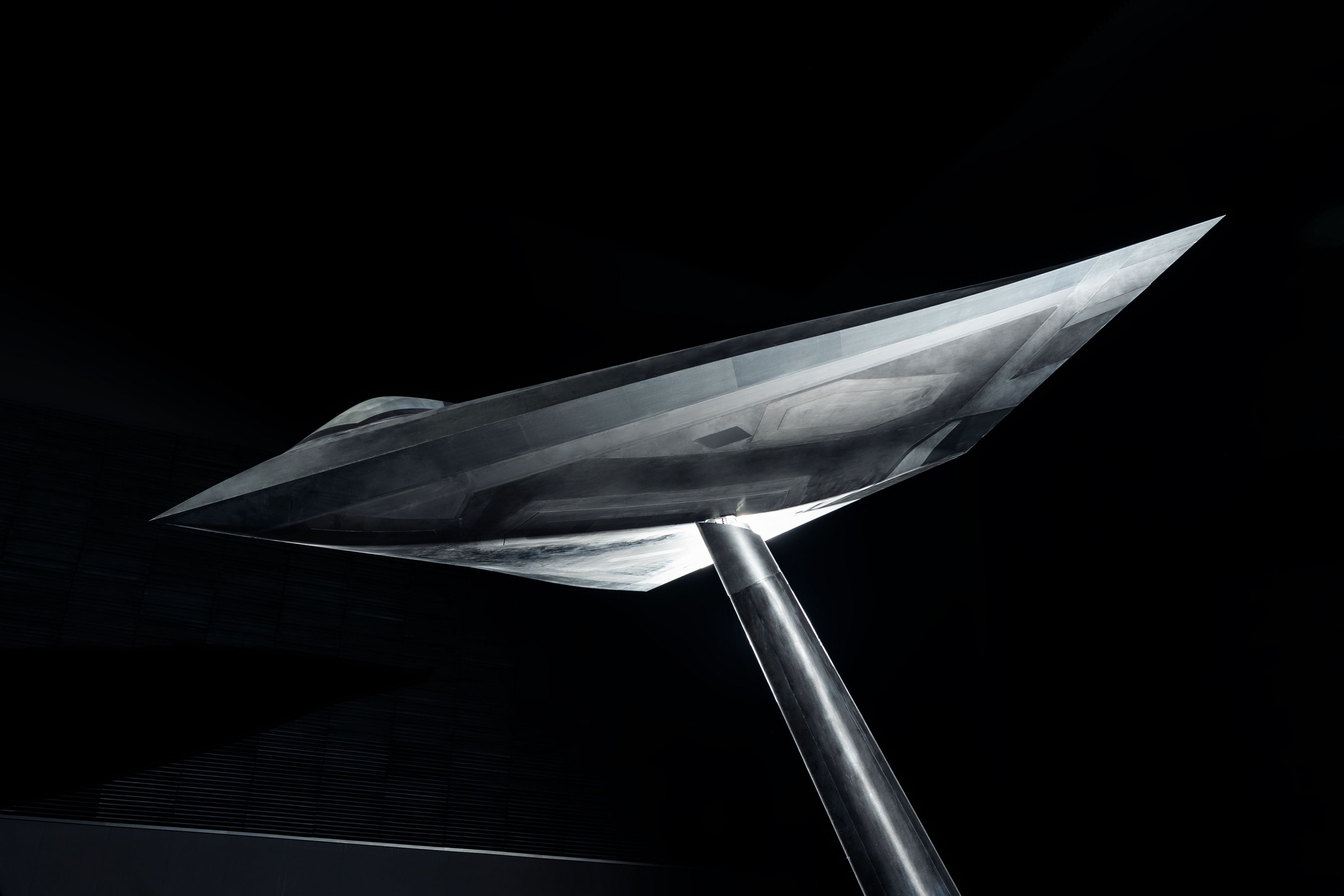
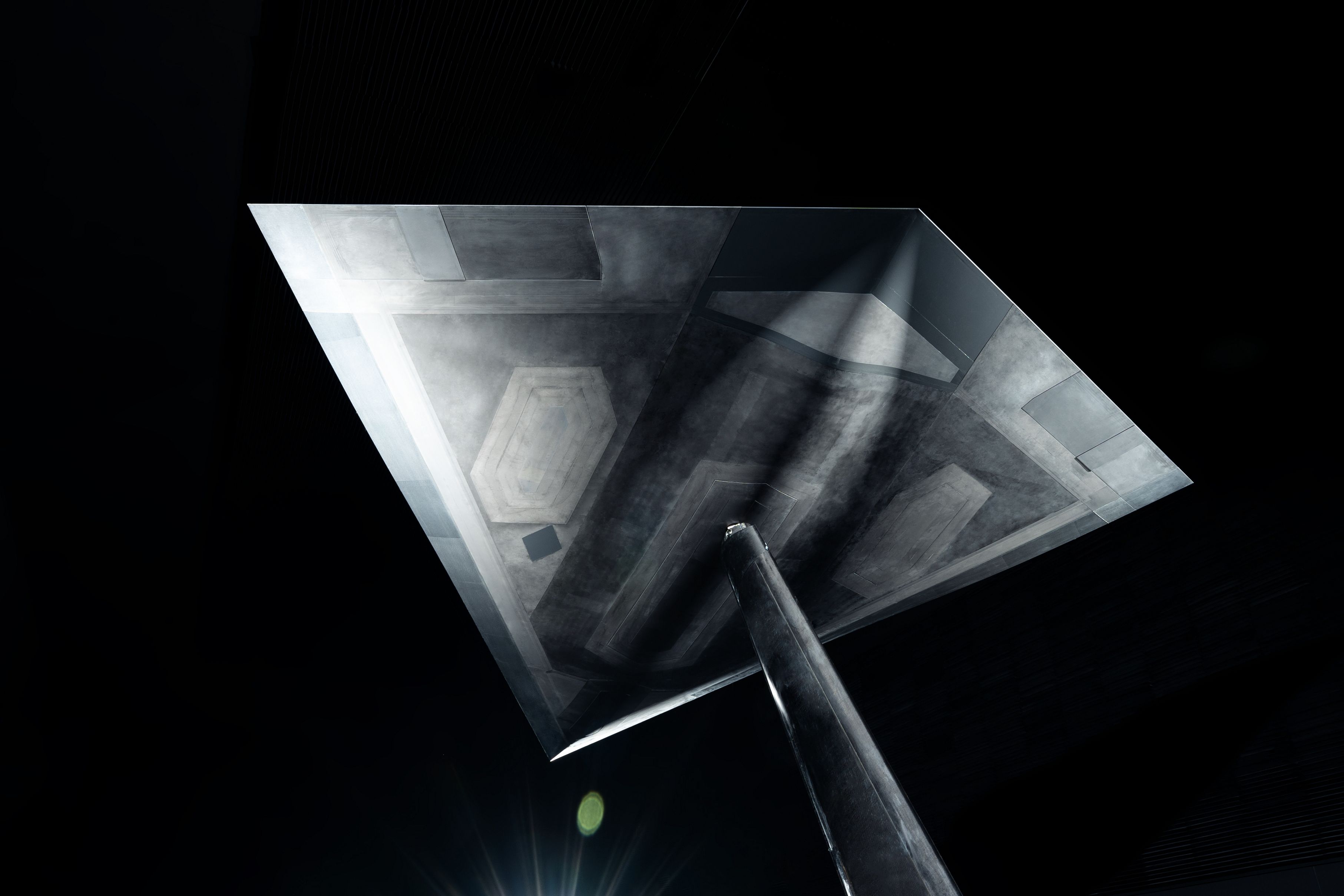
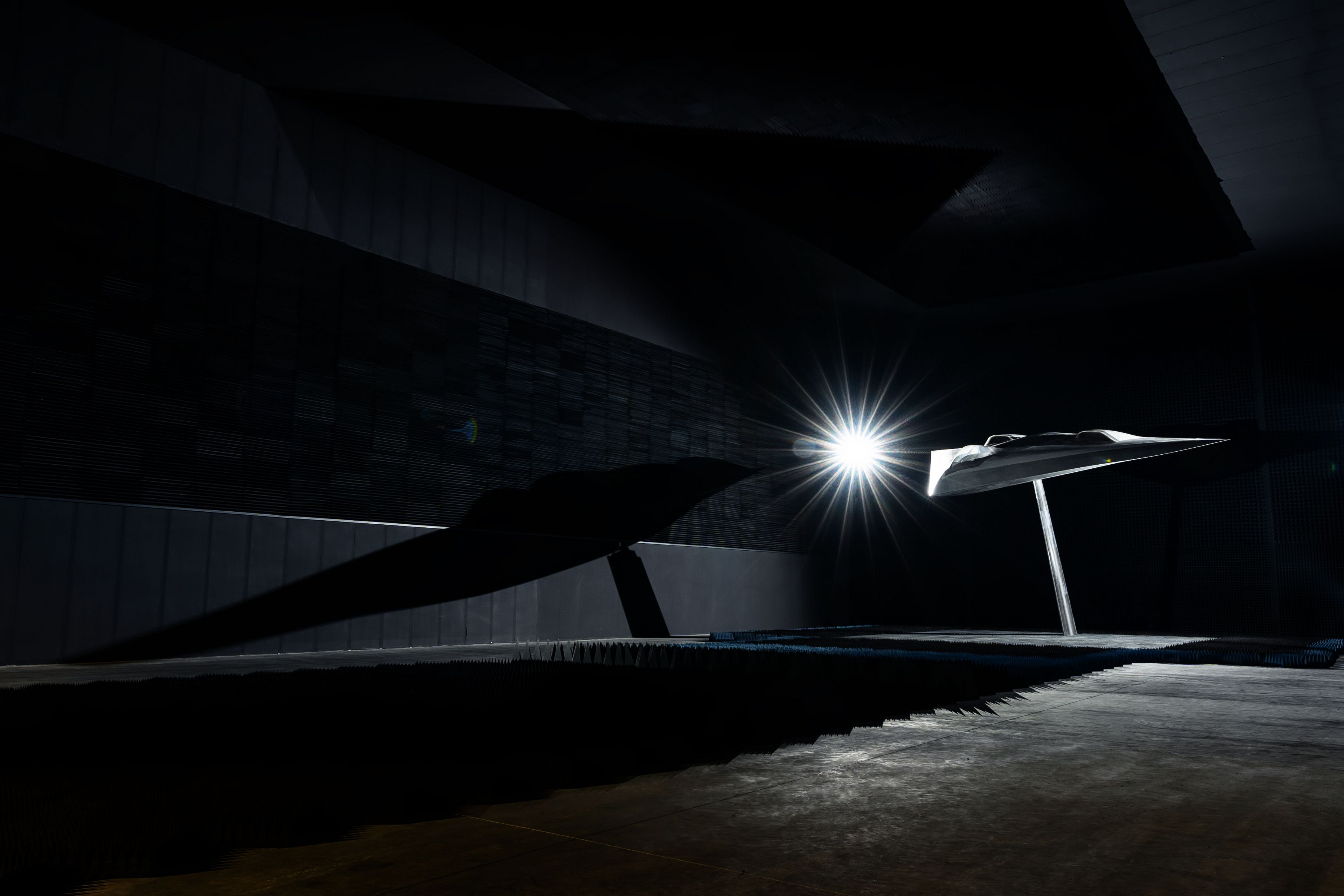
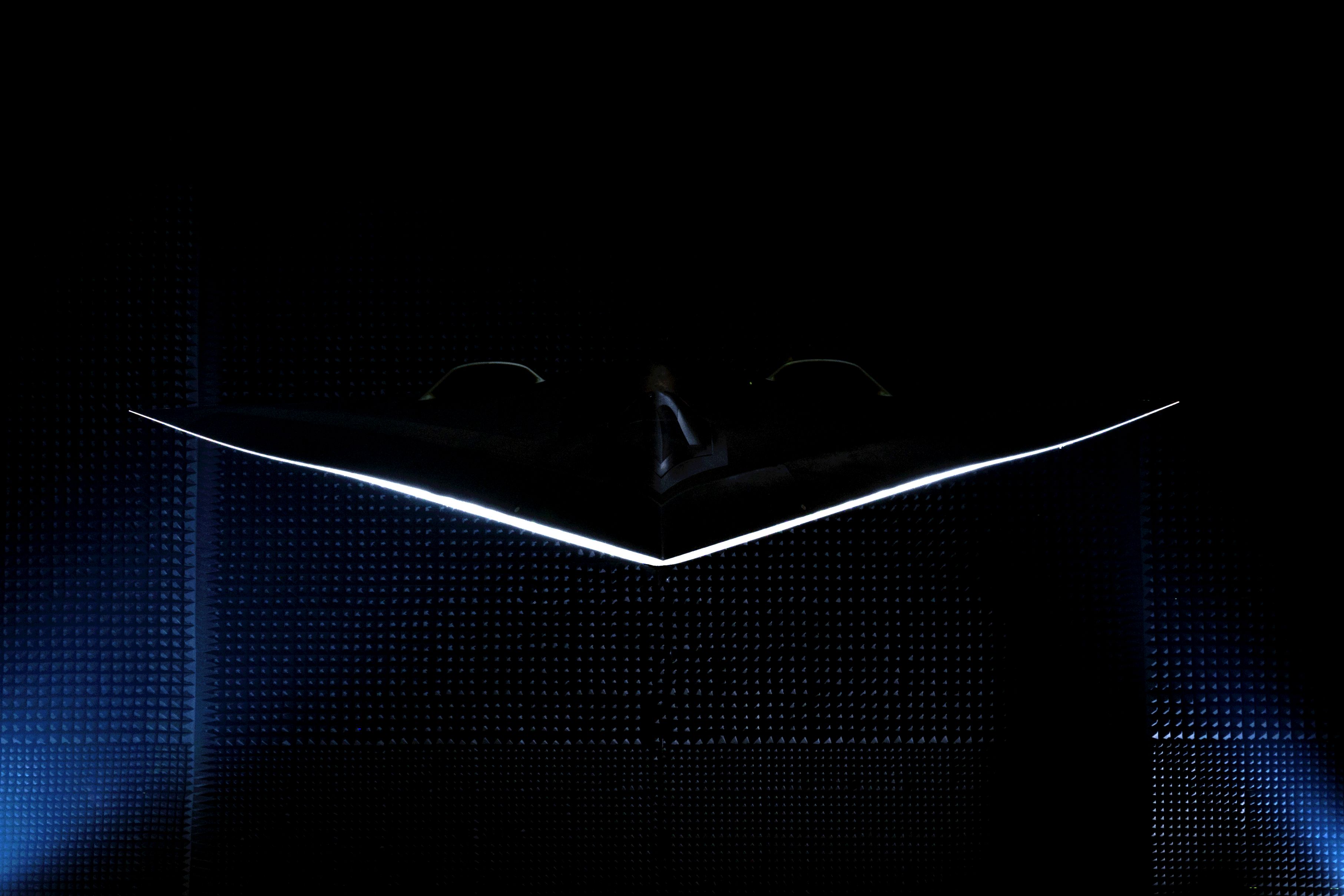
A series of slides that were distributed regarding the program’s timeline and objectives. Note that it looks like two large prototypes were built. The one shown looks similar in planform to the X-47A Pegasus, while the other looks more like a traditional stealthy flying-wing unmanned combat air vehicle (UCAV) design.
Here is the slide presentation in full:

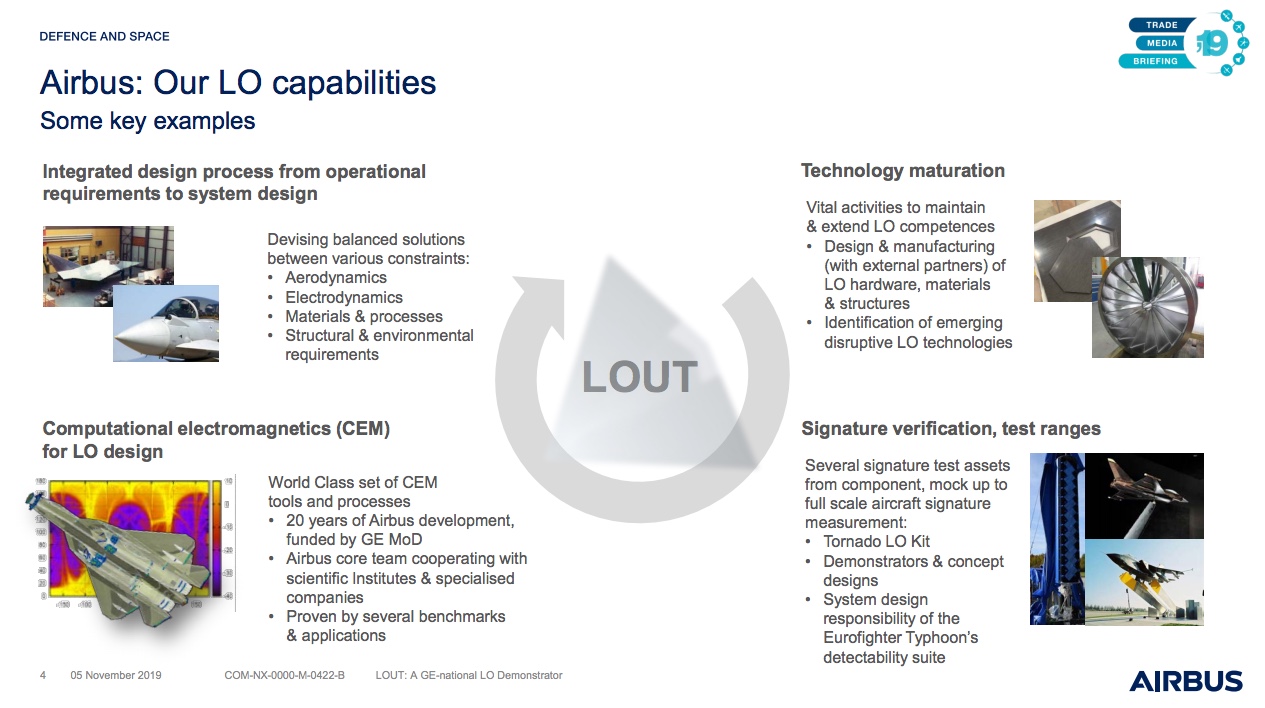
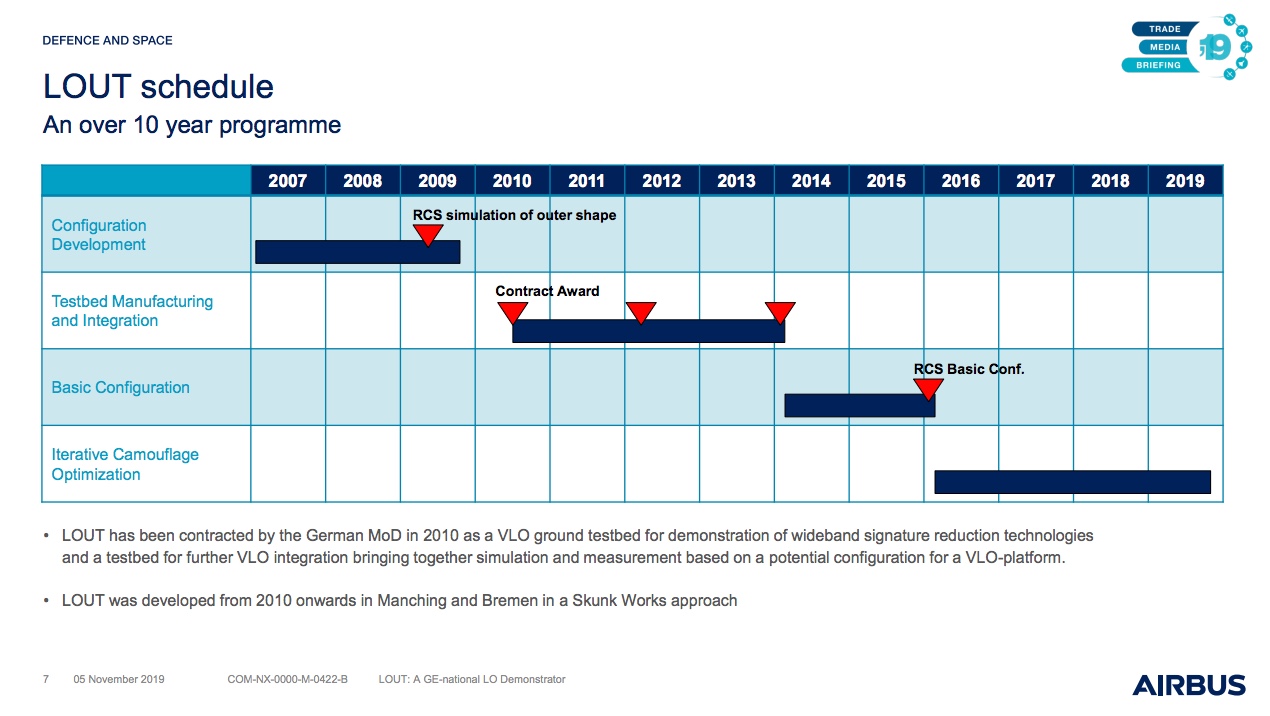
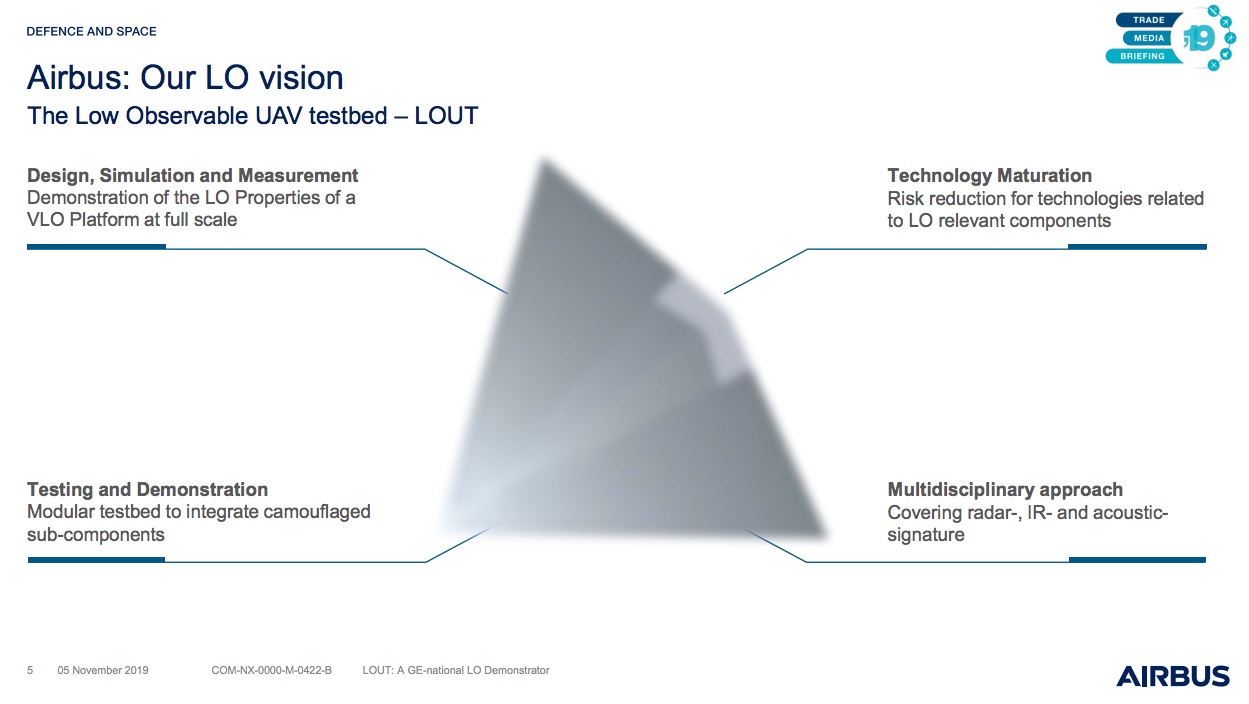
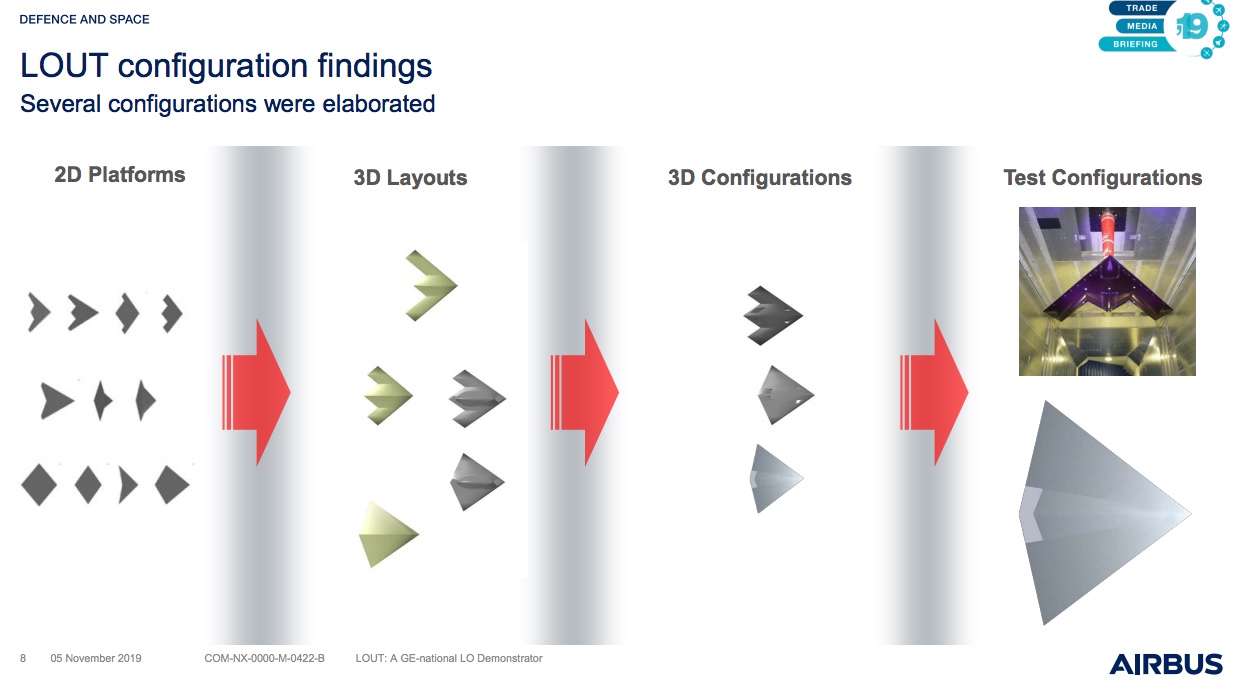
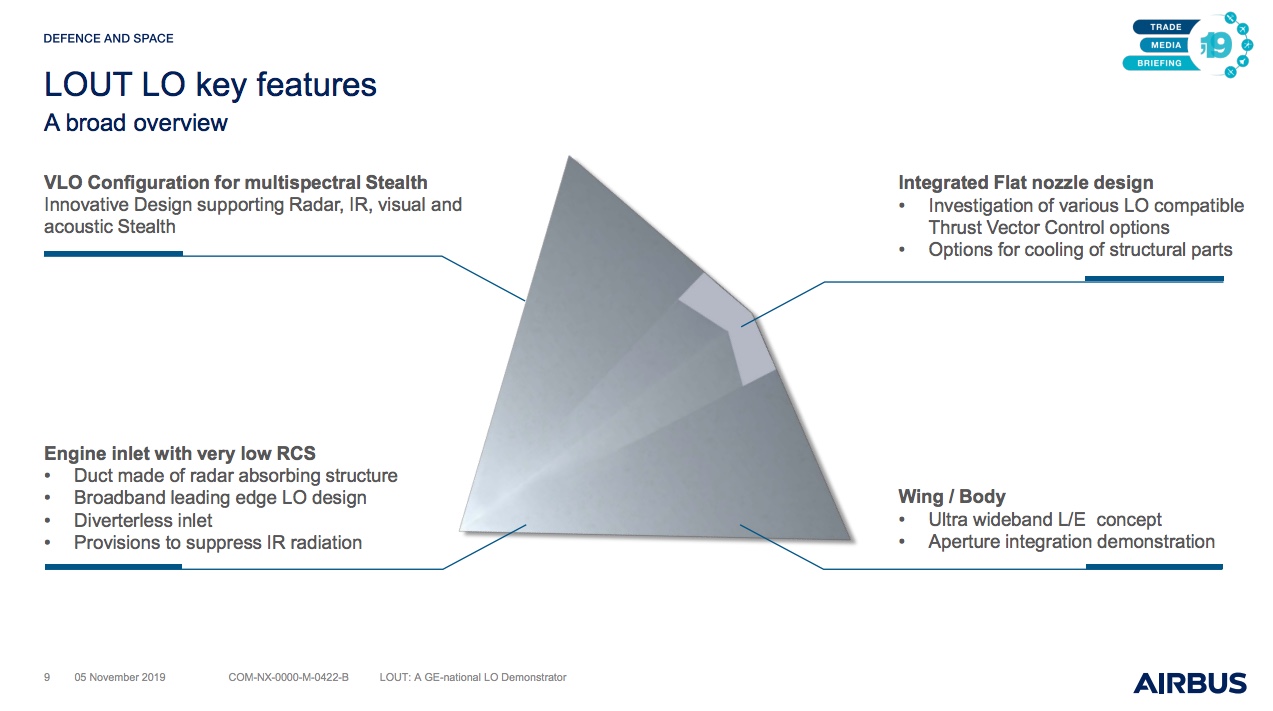
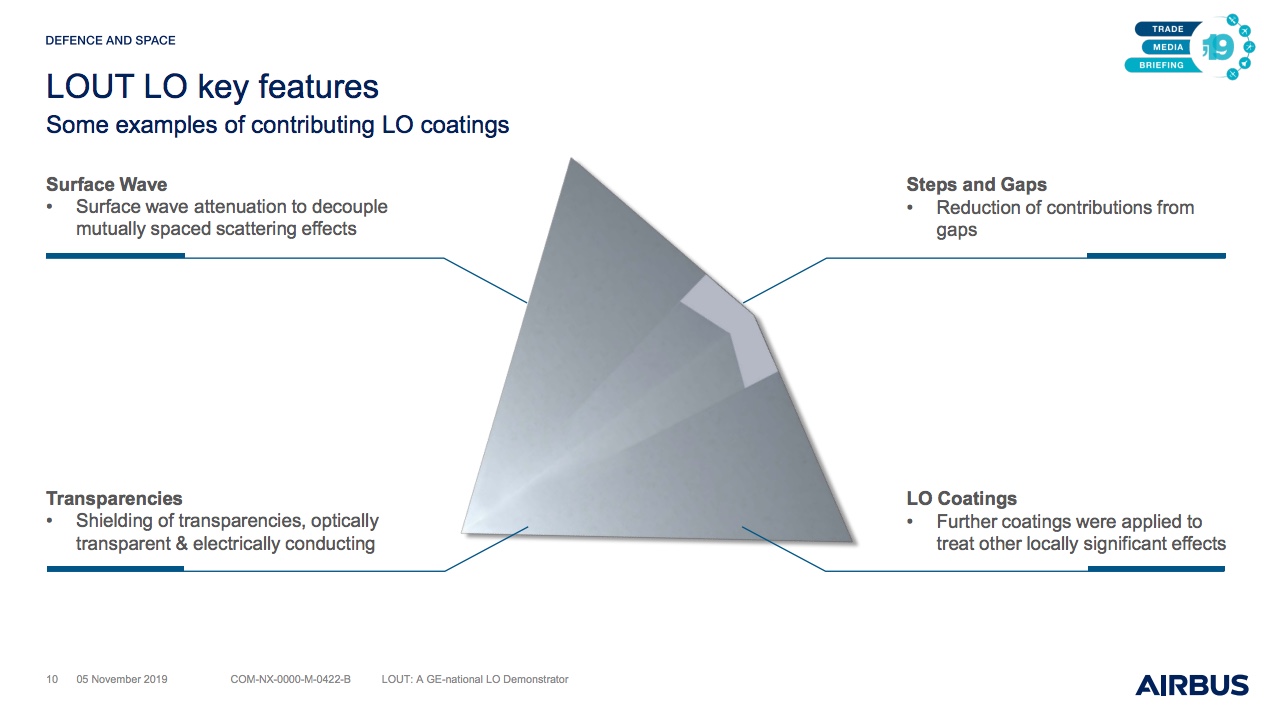

While the whole LOUT exercise appears to have been an endeavor to develop competitive intellectual property that will help keep the company in the air combat aircraft space for years to come, looking at these pictures, I feel like this is the aircraft America should have had in the air long ago—or maybe it actually did.
For years, I have written about the ‘missing link‘ between the RQ-170 Sentinel and its RQ-3 Darkstar progenitor and the grandfather of penetrating, persistent reconnaissance, Northrop’s Tacit Blue demonstrator. A still-secret manned aircraft that theoretically could have looked very similar to this, often referred to informally as the TR-3A Black Manta, which would have been able to penetrate and persist within enemy air defense networks to gather intelligence, may have been that missing link.
Regardless of historical speculation, a subsonic, very low observable tactical platform, similar to the one shown above, would be very useful in an age in which advanced integrated air defense systems (IADS) will increasingly challenge even the United States’ best stealth fighters like the F-22 and F-35—aircraft that were optimized to evade a narrow group of radar bands typically associated with fire control radars.
Beyond that, the burning question of where are America’s mysteriously missing unmanned combat air vehicles (UCAVs) is maybe the biggest pet topic of this site—one that we have delved into deeper than anyone else and it is a question for which the answer remains a mystery. You can read all about this strange and potentially damning situation in this special feature of ours. This remains the case even as America’s potential foes and friends alike are rapidly and overtly developing their own UCAV capabilities. Setting aside the hype surrounding sixth-generation fighters, swarms of advanced and autonomous unmanned combat air vehicles, along with less capable unmanned systems and swarming munitions, are the future of air combat.
With all this in mind, in a way, maybe the photos above of LOUT also inadvertently and tangentially represent parts of America’s own hidden aerospace history staring back at us.
Regardless, what we know for is that the European aerospace giant hasn’t rested when it comes to understanding next-generation stealth technology and how to integrate it into an airframe and that fact makes its Future Combat Air System (FCAS) initiative a bit more plausible and well assured than it seemed yesterday.
UPDATE: 7:30am PST—
We now have additional details on the LOUT, including that the pictures Airbus provided are of a four-ton model with a wingspan of just over 39 feet that Airbus used for aerodynamic and anechoic chamber testing, according to FlightGlobal. Aviation Week
has also reported that this test article is a subscale representation of a 20-ton design.
FlightGlobal says that Airbus revealed that the LOUT’s twin intakes are blended into the upper fuselage and feed air to the engines via “diverterless inlets,” a technology that Lockheed Martin pioneered in the 1990s. You can read more about why these features are important in this past War Zone piece. There has also been work on incorporating radar-absorbing structures into the intake ducts themselves. The design has an exhaust that is shielded from below, specifically to help protect the aircraft against ground-based air defenses, as well.
Mario Hertzog, the program manager at Airbus for the Future Combat Air System (FCAS) effort who had been on hand to talk reporters through the LOUT project, did not say whether or not the German government was interested in a full UCAV development program based on this demonstrator. He did say that the lessons learned from the program would inform the still evolving FCAS effort, which is working to develop a family of air combat systems including a manned fifth-generation fighter jet and various types of unmanned aircraft, including “loyal wingmen” drones. Germany, France, and Spain, are working together on FCAS.

Hertzog added that the LOUT effort could lead to future upgrades for the Eurofighter Typhoon, which a European consortium that includes Airbus produces, too. This might become an additional selling point for those advanced fourth-generation fighter jets. This comment may be aimed most immediately at Germany, which is considering Typhoon, as well as other aircraft, including the Boeing F/A-18E/F Super Hornet and Lockheed Martin’s F-35 Joint Strike Fighter, to replace its aging Panavia Tornado swing-wing combat jets.
We will update this report as more information comes available throughout the day about this fascinating program.
Contact the author: Tyler@thedrive.com
